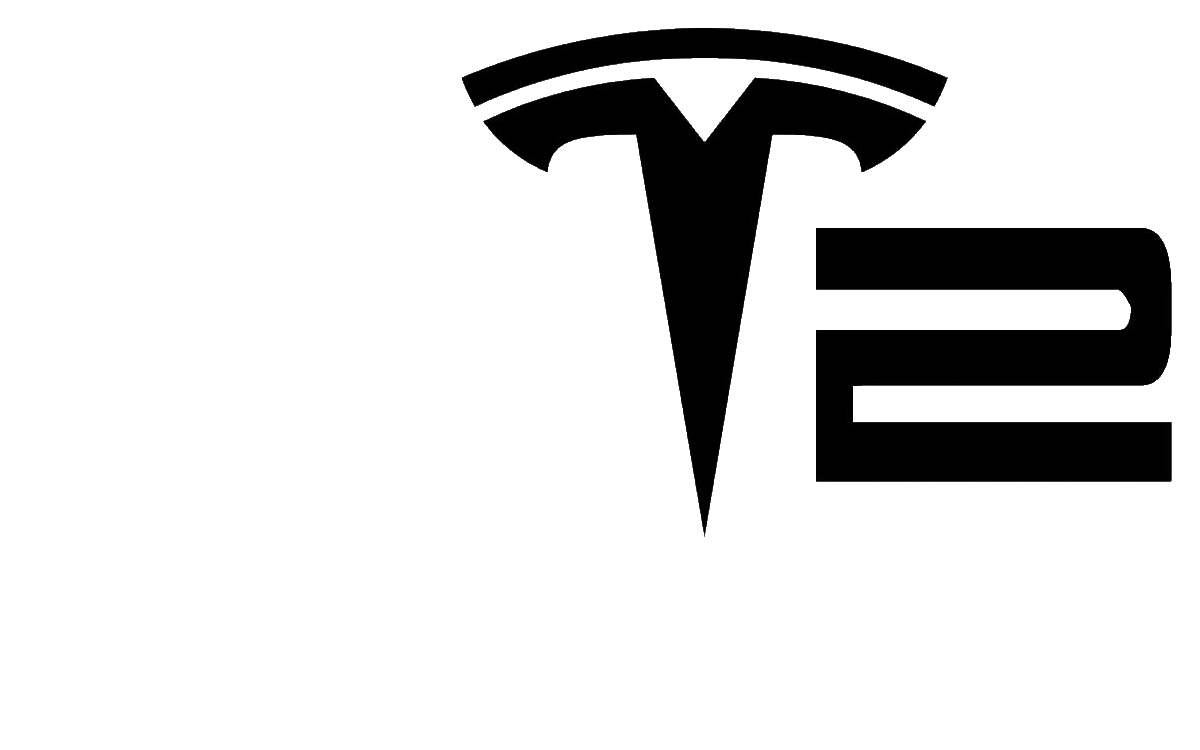FutureBoy
Well-known member
- First Name
- Reginald
- Joined
- Oct 1, 2020
- Threads
- 162
- Messages
- 2,764
- Reaction score
- 734
- Location
- Kirkland WA USA
- Vehicles
- Toyota Sienna
- Occupation
- Financial Advisor
- Thread starter
- #1
So I’m on a business trip at the moment and have a rental vehicle. It has SiriusXM radio in it. It’s been a long time since I’ve been around SiriusXM. But it got me thinking.
what are the chances that starlink has the ability to also start broadcasting a 1-way signal to compete with SiriusXM? Or for Tesla Vehicles to be auto updated over starlink instead of cell networks?
I’m wondering if starlink is using software defined radio SDF internally. If so, starlink would be able to compete with geographically specific radio too. Just modify the bands and stations being broadcast as each satellite traverses the various regions of the world.
With a 1-way signal the earth bound receiver wouldn’t have to be large I’d think and bandwidth issues wouldn’t be an issue over highly populated areas.
And Tesla vehicles could be updated world wide even if they were out of cell range for a long period of time.
This capability would not be able to compete with 2-way services like his locators, but a partial capability could be for a stolen Tesla to be completely disabled remotely world wide and possibly an alarm triggered.
Anyone have any other ideas that such a starlink service would be good for?
what are the chances that starlink has the ability to also start broadcasting a 1-way signal to compete with SiriusXM? Or for Tesla Vehicles to be auto updated over starlink instead of cell networks?
I’m wondering if starlink is using software defined radio SDF internally. If so, starlink would be able to compete with geographically specific radio too. Just modify the bands and stations being broadcast as each satellite traverses the various regions of the world.
With a 1-way signal the earth bound receiver wouldn’t have to be large I’d think and bandwidth issues wouldn’t be an issue over highly populated areas.
And Tesla vehicles could be updated world wide even if they were out of cell range for a long period of time.
This capability would not be able to compete with 2-way services like his locators, but a partial capability could be for a stolen Tesla to be completely disabled remotely world wide and possibly an alarm triggered.
Anyone have any other ideas that such a starlink service would be good for?
